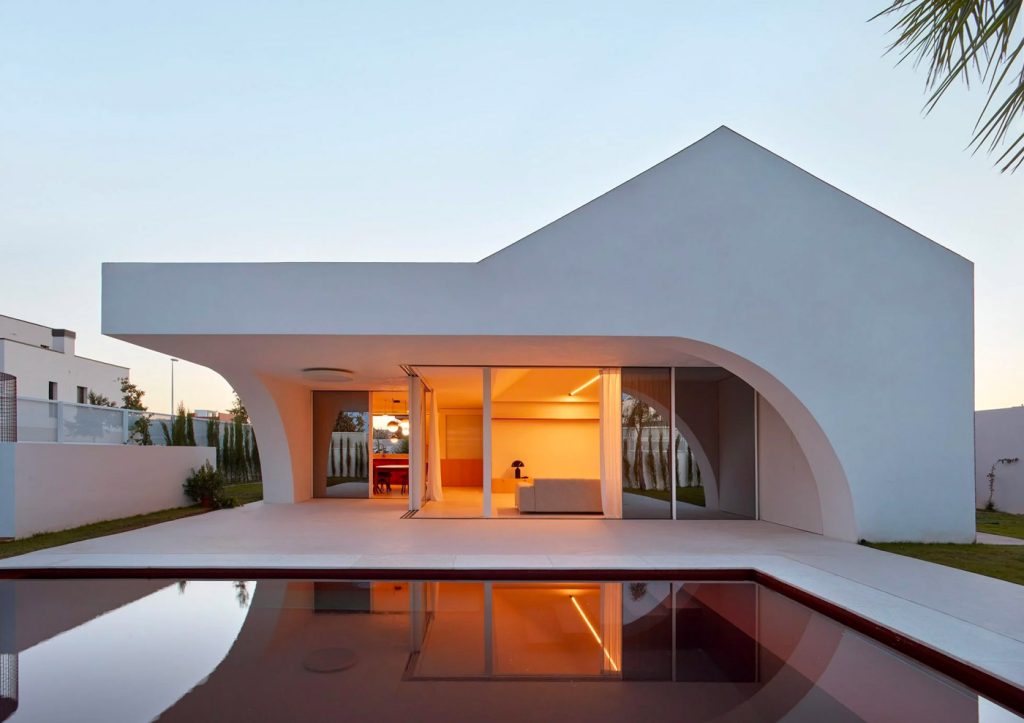Building a home green roof garden is an excellent way to incorporate nature into your living environment while also promoting sustainability. It not only enhances the aesthetic appeal of your home but also provides numerous environmental and economic benefits. Here’s how you can build one.
Firstly, it’s essential to assess the feasibility of installing a green roof on your property. You need to consider factors like the structural integrity of your building, local building codes and regulations, climate, and budget constraints. Consulting with architects or engineers who specialize in green roofs would be beneficial at this stage.
Once you’ve determined that a green roof is feasible for your home, the next step involves designing it. The design process will depend largely on whether you’re aiming for an extensive or intensive garden setup. Extensive gardens are low maintenance with shallow soil depths (typically 2-6 inches) suitable for hardy plants like sedums and grasses. Intensive gardens require more maintenance but allow for deeper soils (over 6 inches), accommodating larger plants and even trees.
After finalizing the design, start by waterproofing your roof using a high-quality membrane that prevents water from seeping into the structure below. This layer should be followed by a root barrier to protect the waterproofing from being penetrated by plant roots.
The next layer is a drainage system designed to remove excess water from the roof surface while retaining some moisture for plant growth during dry periods; this could be made up of gravel or lightweight clay particles.
Then comes another critical component: filter fabric which keeps soil from washing away into the drainage layer while allowing water to pass through freely.
The last layer is growing medium; it should be lightweight yet rich in nutrients necessary for plant growth – typically composed of compost mixed with mineral materials such as sand or perlite.
After setting up these layers, planting comes next – choose plants based on their ability to withstand rooftop conditions including wind exposure, temperature fluctuations, and sunlight availability.
Once your green roof garden is installed, it requires regular maintenance. This can include weeding, watering (especially during dry periods), and periodic inspection of the waterproofing membrane.
Building a home green roof garden may seem like a daunting task, but with careful planning and execution, it’s an achievable goal that provides significant benefits. It helps in reducing energy costs by providing natural insulation, managing stormwater runoff, improving air quality and biodiversity while creating a beautiful space for relaxation or even urban farming.
Remember to always seek professional advice when necessary to ensure the safety and longevity of your green roof garden project. With time and patience you’ll have created not just a rooftop garden but also contributed towards making our planet greener.



